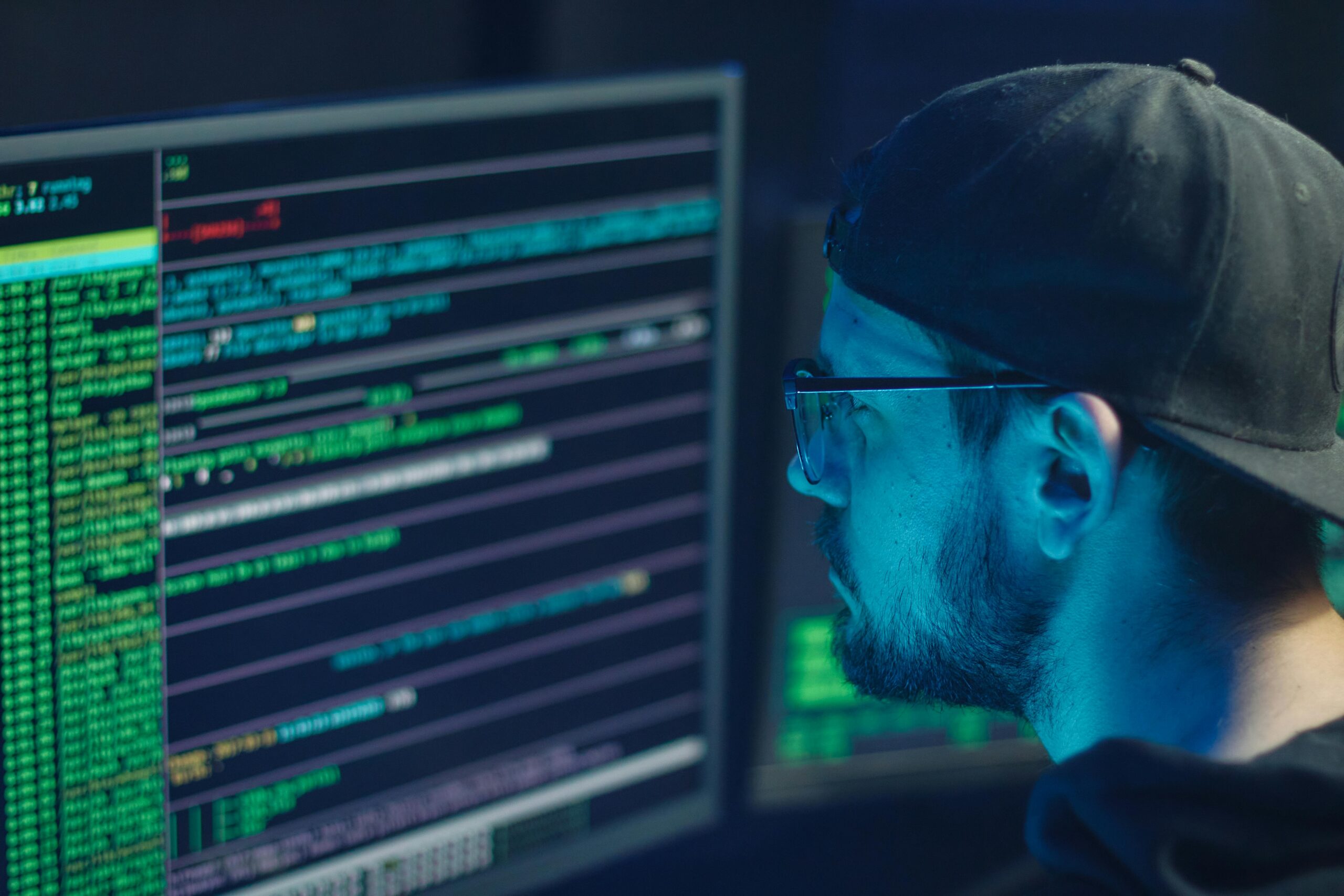Today, phishing and smishing represent some of the most common cyberthreats in the modern digital space. These are social engineering techniques whereby individuals are fooled into revealing information that is usually personal to them, such as credit card numbers and passwords, by manipulating human feelings like fear, urgency, and trust. With the rise of using mobile devices and innovation by attackers, phishing and smishing attacks will keep getting more complex.
What is Phishing?
Phishing is the word given to forged emails, which appear to be coming from sources a person would naturally trust but, in reality, are contrived by cyber crooks. These emails typically carry malignant attachments or links that lead to malware installations, or they reroute the owner to a spoofed login page on opening. The attackers have managed to skip, for some time now, increasingly inventive ways of evading basic email security measures. This involves the utilization of HTML tables in masking unsafe content.
As such, for instance, attackers can hide malicious URLs in HTML tables that reflect legitimate email formats instead of suspicious files. Because of such methods, traditional filters cannot identify them easily, and thus, more phishing emails reach the inbox. Once the victim has opened the attachment or clicked on the hyperlink, they are often invited to provide confidential information onto a deceptively similar phony website, which gives direct access to their login credentials to the attackers.
What is Smishing?
The mobile equivalent of phishing, also known as “SMS phishing,” is the method whereby an attacker sends fake text messages rather than emails. With increased cellphone use, smishing has now become a more common mode of attack. In general, such SMS texts would request the recipients either to download malicious applications or to reveal personal details through fraudulent websites.
While consumers are being very cautious with emails, they may trust that a text message from their bank or delivery service isn’t fraudulent, which is taken advantage of by cybercriminals due to the trust customers place in text messages. People being less cautious on their mobile devices compared to desktop computers makes smishing highly effective.
Why These Tactics Work
Phishing and smishing attacks are based on attacks meant to target the emotions of human beings, including fear, speed, and curiosity. The attackers will depend on your hasty decisions when it is an email saying that your account has been compromised or some other form of text saying you have won a prize. Also, the increase in working from home and an uptick in online activities have increased the attack surface for cybercriminals, since more employees are using several devices and usually have less control by the corporate security departments.
How to Protect Yourself
Beware of Unsolicited Communications: Whatever urgent or too good to be true email or text you get, always authenticate the sender before clicking any links or divulging information.
Enable Two-Factor Authentication (2FA): Two-factor authentication allows you to protect your accounts from unauthorized access in cases where your credentials are already compromised.
Train and Educate: As the level of cyberattacks is advancing day by day, regular training in cybersecurity has become quite necessary for the employees. Employers have to focus on educating employees to identify phishing and smishing attacks.
Deploy Anti-Smishing and Anti-Phishing Software: Advanced mobile security apps and email security software solutions can be utilized for detecting unusual activities and blocking harmful messages.
Conclusion
While phishing and smishing are not new, each is getting increasingly sophisticated as hackers discover newer ways of exploiting weaknesses in people. This trend of smishing escalates the challenge that cybersecurity protection faces because mobile devices remain dominant in everyday communication. It is very important to stay aware and alert to ward off these constantly changing threats.
Being proactive and keeping cybersecurity awareness in the public eye could also enable individuals and organizations to strengthen their defenses against these attacks that are happening much more frequently now.
